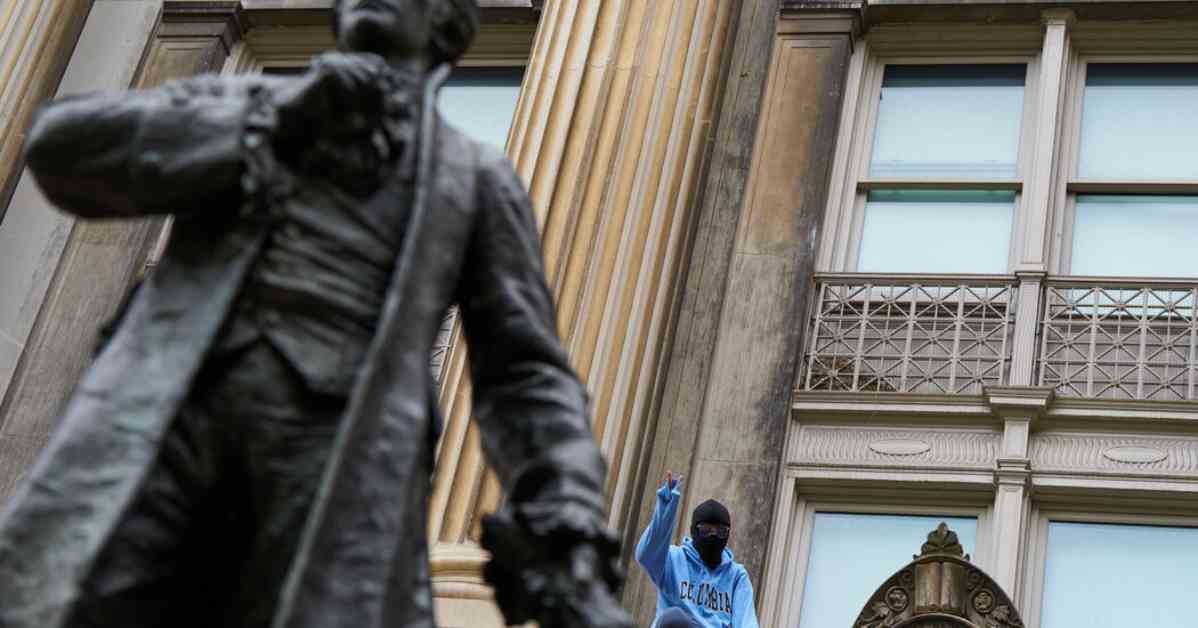Understanding the First Amendment’s Impact on Student Protests on Campus
In recent years, college campuses across the United States have become hotbeds of student protests, with demonstrators often citing their right to free expression under the First Amendment. However, the issues surrounding these protests are complex and multifaceted, raising questions about the boundaries of free speech and the role of universities in regulating protests.
One of the key issues at the heart of these protests is the interpretation of the First Amendment and how it applies to student demonstrations. While protesters argue that their actions are protected under the right to free speech and peaceful assembly, legal scholars, university lawyers, and administrators often question the validity of these claims. The First Amendment, which is intended to protect against state suppression of speech, does not always provide a clear framework for determining the boundaries of acceptable protest behavior.
The Role of Public vs. Private Universities
A significant factor in determining the impact of the First Amendment on student protests is whether the university in question is public or private. Public universities, as arms of the government, are bound by the First Amendment and must adhere to its principles of free speech and assembly. However, private universities have more leeway in setting their own standards for speech and protest.
While private universities generally support free expression, their policies are often guided by principles such as academic freedom and the marketplace of ideas, rather than constitutional law. This distinction can lead to differing approaches to handling student protests, with public universities facing stricter scrutiny over their responses to demonstrations.
Case Study: Columbia University
Columbia University has been at the center of recent campus protests, with students engaging in a variety of tactics to express their grievances. The university, like many private institutions, has its own set of rules and regulations governing speech and protest. While Columbia does not outright ban speech, it has implemented policies such as designated demonstration zones and pre-registration requirements for protests to ensure safety and order on campus.
The recent police response at Columbia University highlights the tension between student protesters and university administrators, as well as law enforcement. The clash between free speech rights and the need for campus security underscores the challenges of balancing competing interests in the context of student activism.
In conclusion, the impact of the First Amendment on student protests on college campuses is a complex and evolving issue that requires careful consideration of the rights and responsibilities of all parties involved. As universities grapple with the challenges of regulating protests while upholding free speech principles, the interpretation of the First Amendment will continue to shape the landscape of student activism in the years to come.
